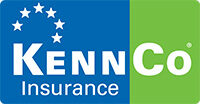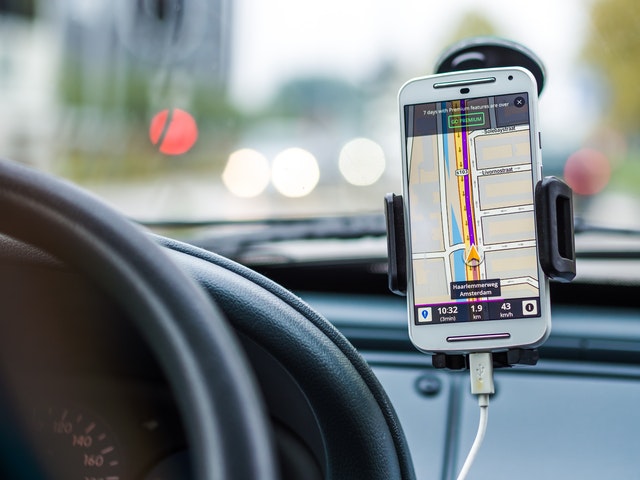As we move through Winter and the shorter days and longer nights, you can take some steps to ensure you are driving safely ay night. More accidents occur at night due to poor visibility, so it’s essential to take precautions, especially for new drivers. Learning to drive properly at night and gaining experience will help reduce the dangers of nighttime accidents. It is inexperienced drivers who are in accidents at night the majority of the time. We know it can be daunting driving on your own at night, so this post aims to give you some tips to drive safely at night.
Tips for Driving Safely at Night
Headlights
You should switch on headlights at night to improve your visibility of the road ahead of you. When there are no cars near you, switch on the full beams but only when there is no oncoming traffic.
It would be best to dip your headlights when a car is oncoming, not to dazzle them. We all know how much it can put you off driving when full beams shine through your windscreen.
If you’re driving and an oncoming driver has their full beams on, then the best step to take not to be dazzled is to look slightly to the side of the road and not directly into the light.
Car Maintenance
For nighttime driving, your car needs to be operating at its best. It would be best if you cleaned all mirrors and lights, so they’re all working effectively. Your headlights should be in the correct position and should be fully working. If they are dimmer than usual, you should replace them. Any damage to headlights could impair your visibility.
Focus
Driving at night requires more focus on the road ahead than during the daytime. To be most alert, you should focus solely on the road. This means putting your phone away, no drinking or eating, and, if possible, not engaging in conversation. When driving on dark roads, stay alert for any lights or moving objects. You should always watch for pedestrians walking as they may not be wearing high vis jackets and may surprise you at a bend.
Windscreen
Before you take off driving at night, make sure your windscreen and mirrors are thoroughly cleaned. Any marks left on your windshield could cause a glare from the oncoming light dazzling you, and it could be a big distraction when you’re driving. To avoid this, give them a clean wipe.
Tiredness
Tiredness is one of the most significant issues facing nighttime drivers. When you are driving while tired it can put both you and other drivers at risk of an accident. The RSA have reported that 1 in 5 fatal crashes in Ireland are caused by tiredness.
When you’re tired, your reaction times will not be as fast, so if you feel tired, there are several steps you should take. You should pull over to a safe spot such as a petrol station and take at least a 15-minute break. Have a coffee to give you a boost of energy or a nap to give your eyes a rest from the road. You should also get some fresh air and move your legs for a few minutes, so you’re more alert for when you set off on your journey again.
Never Drink and Drive
No matter the time of day, driving under the influence of alcohol is sure to cause an accident and can harm you and other road users. Driving under the influence at night is even worse, and the likelihood you will injure or kill yourself and innocent drivers increases. You will not drive correctly on alcohol, and it will impair your vision and judgment on the road. You are putting yourself and, most notably, others seriously at risk.
Speed
This is one of the most important tips for driving safely at night. Speeding at night is tempting for drivers as the roads are usually a lot quieter. You should always drive a bit slower at night time to reduce the risk of an accident. If a car in front suddenly breaks or a problem occurs, you can react much quicker when you’re at a lower speed. It may also be hard to see objects or the direction of the road on low beams, so drive with caution and never break the speed limit.
Plan Your Trip
Before you leave for a long nighttime journey, you should always plan your trip out. You should have a checklist before you go. The following is what we would include on our checklist:
- I know my route. This consists of all roads I must take.
- All my lights are working.
- I have an emergency kit on board.
- I have a spare tyre.
- My windscreen is clean.
- I have snacks and water.
- I have had plenty of rest.
Once you can safely say that you have completed your checklist, it is time to hit the road.
Don’t Look at Oncoming Vehicle’s Lights
This is one of the first things you should remember. Looking at bright lights can disrupt your concentration, and this can happen without you even realizing it. If the oncoming vehicle has full beams on, you should not look at them and instead focus on the road.
In a case where the vehicle behind you has their full beams on, then that can also cause issues for you. If this does happen then, you should move your rearview mirror to reflect the light to alert the driver. This will also reflect the light away from your eyes so you can focus on the road.
Keep a Distance Between Cars
When you’re stopping behind a car at night, it is crucial to keep your distance. The two-second rule is always a good rule to stick to. This means that drivers should always stay two seconds behind any vehicles in front.
If there are extreme weather conditions or you just want to stay safe at night, you should change this to four seconds.
Emergency Kit
Every driver should have an emergency kit if they get into an accident or their car breaks down. Having an emergency kit in the car is even more critical at night time. This emergency kit should include the following:
- Reflective warning triangles
- Torch
- First Aid Kit
- Hi-Vis Clothing
- Anti-freeze
- Phone charger
- Cloth
- Batteries
- Cloth
- Ice scraper
Other pieces of equipment you should have in the car are:
- Spare Tyre
- Jack and lug wrench
- Food and Drinks
- Warm Blanket
These can all come in to help hugely, especially at night time. If you have had an accident, you may be cold, and drivers may find it hard to see both you and your car. This is why reflective warning triangles and hi-vis clothing are essential to have in the vehicle at all times.
Get a Car Insurance quote 24/7 and see how we compare.

